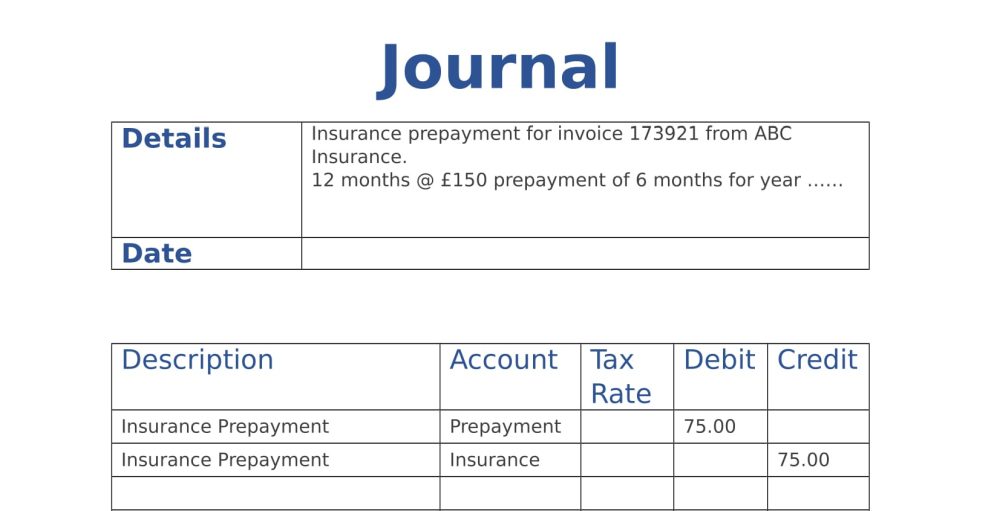Content
- What is work in process (WIP) inventory? Definition, formula and benefits
- What is Work in Process (WIP)?
- – How Do You Calculate Work In Process Inventory?
- Accurate tracking and forecasting
- Why & How To Calculate Work In Process (WIP) Inventory Value
- Beginning Inventory Defined: Formula & How to Calculate
As such, the difference between WIP and finished goods is based on an inventory’s stage of completion relative to its total inventory. WIP and finished goods refer to the intermediary and final stages of an inventory life cycle, respectively. calculate beginning work in process inventory For example, suppose XYZ Roofing Company provides its residential clients’ bids for roof repair or replacement. Each roof is a different size and will require specific roofing equipment and a varying number of labor hours.
Unless you’re holding on to a substantial amount of WIP inventory is a part of a strategic anticipatory inventory management strategy. Over the next three months, the company incurs production costs of $75,000 roasting, grinding, and packaging coffee beans. The total value of the finished goods over the quarter is $72,000.
What is work in process (WIP) inventory? Definition, formula and benefits
Learn about work-in-process inventory and understand how to use a work-in-process inventory account. Effectively managing your inventory is one of the critical steps that one must take to run a successful business. Be sure to partner with software service providers such as Emergeapp to help you achieve your inventory management goals. Suppose you understand your WIP inventory and the impact it has on your business. In that case, you can make informed supply chain management decisions and come up with innovative ways to optimize your supply chain and garner more revenue from it.

‘Work in process’ typically describes raw materials that are converted into finished goods inventory over a relatively short duration of time. Work-in-process inventory is calculated at the end of each accounting period. This figure is the ending work-in-process inventory for that quarter, year or whichever accounting period.
What is Work in Process (WIP)?
These costs are subsequently transferred to the finished goods account and eventually to the cost of sales. Work-in-process inventory is the inventory account used to track the manufacturing costs of unfinished products. The costs included in the work-in-process inventory account are direct materials, direct labor, and manufacturing overhead.
That said, you might want to hold WIP inventory as safety stock to guard against shortages or spikes in demand. The value of WIP inventory is often not the final amount, as costs for storage and transportation are added later. Since it takes up storage space and isn’t yet ready to be sold for a profit, businesses usually try to minimize the amount of WIP inventory they have on hand. Whether you sell five or 50,000 products, QuickBooks Enterprise puts the tools you need for efficient, profitable inventory management right at your fingertips.
– How Do You Calculate Work In Process Inventory?
The beginning work in process inventory cost is the cost at which the company begins production. This is also known as the raw materials inventory or the beginning work in process. This is why, when doing periodic inventory, it may be desirable to first finish all manufacturing orders so the ending WIP would be zero. Otherwise, the ending WIP must be calculated manually by looking up all incurred costs for the unfinished production, or by using standard costs based on the stage of the goods’ completion.
Firstly, when raw materials and components are consumed and transformed in manufacturing processes, they gain value by incurring labor and overhead costs. Due to this, WIP inventory has some separate accounting considerations, tracking WIP value is crucial for a company’s financial health. Now the firm calculates total manufacturing costs for the period by adding the $500 cost of direct materials used, $1,000 direct labor incurred, and $200 manufacturing overhead costs. Work-in-process inventory tracks inventory cost throughout the manufacturing process to maintain organization. It is first recorded at the beginning of an accounting period as the beginning work-in-process inventory and again at the end of the period as ending work-in-process inventory.
You must store WIP inventory somewhere, and holding unsellable inventory for an extended period of time will increase inventory carry costs and drag down profitability. Free up storage space for finished goods that are ready to create revenue. In all three of these scenarios, you have unfinished goods at some stage of the process. Continue reading to learn exactly what is WIP inventory, how to calculate it, why it matters, and how it fits into a healthy supply chain. Taking the time to better understand WIP inventory can give you a deeper understanding of your supply chain management, which means better optimization and more revenue.
